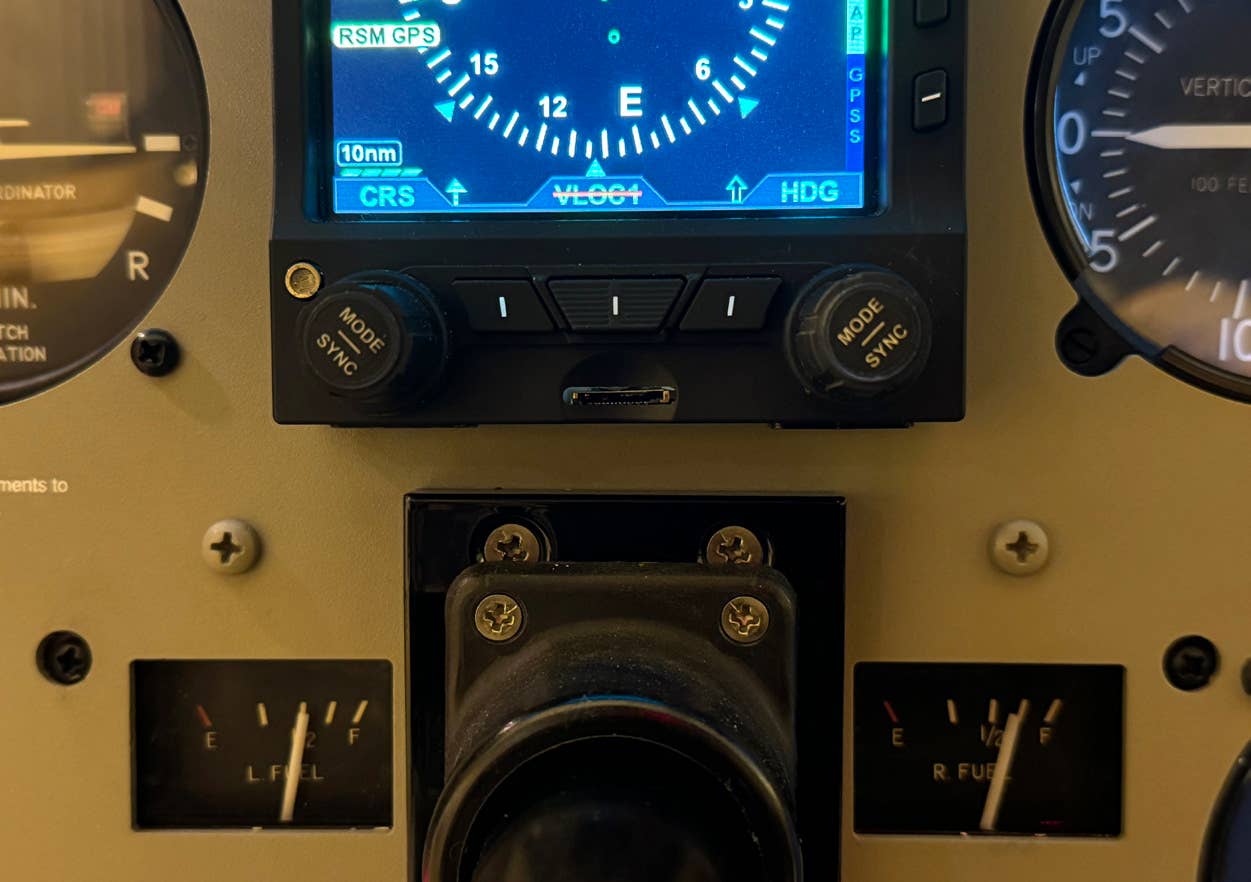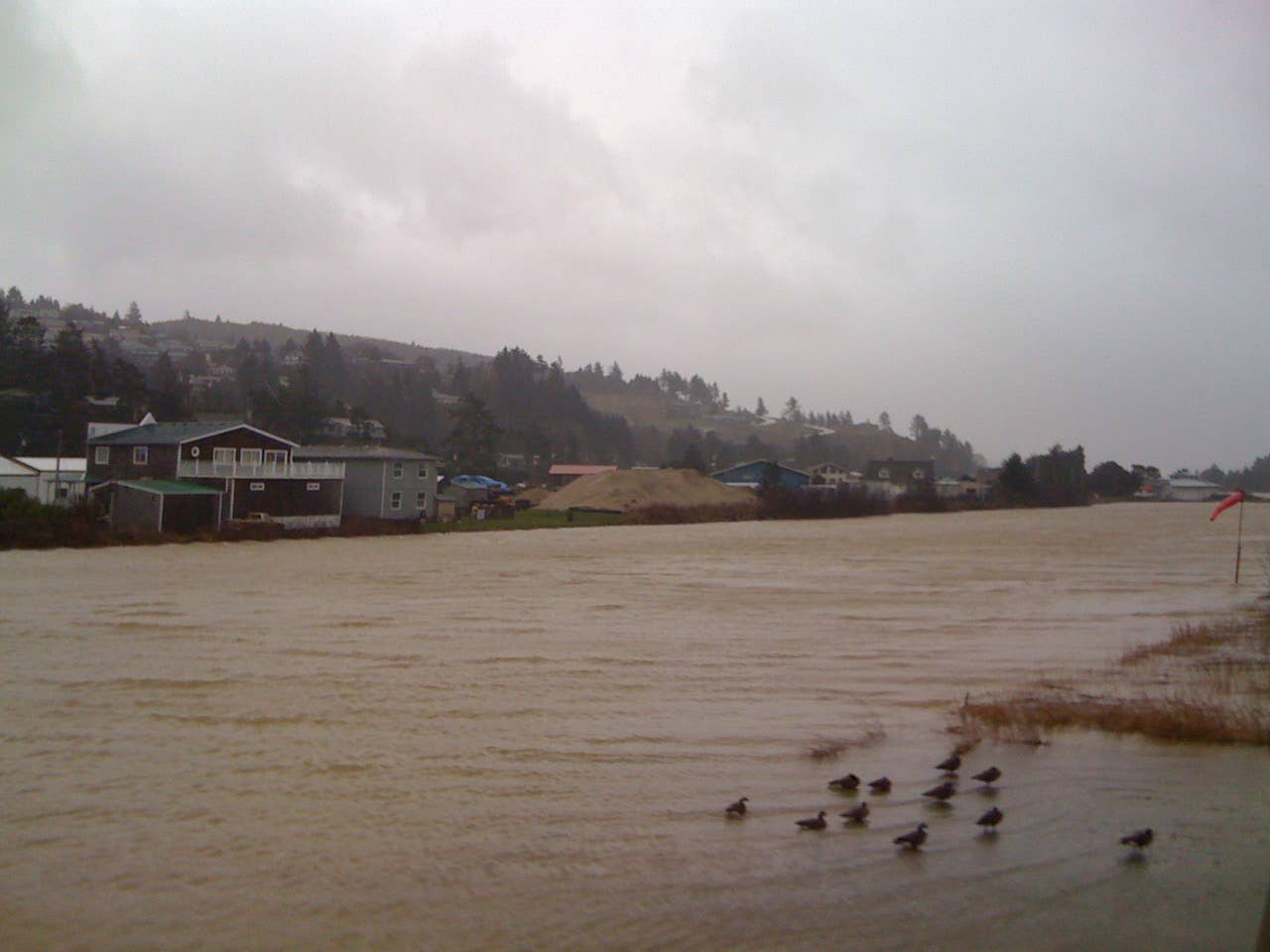
** Skyport is a working flight school and
FBO that behind the scenes will be a
full-fledged aviation laboratory.** Flying
(August 2011) You don't have to look very long or very deeply into aviation's troubles to see that there's room for improvement pretty much across the board, from student retention to the cost of fuel, from primary flight training ineffectiveness to the accident rate. In fact, identifying the problems isn't the hard part; figuring out what to do about them is.
Like the rest of us, Redbird Flight Simulations founder Jerry Gregoire wants to makes things better. Unlike nearly everyone, though, he has a plan, and the resources to do something about it. Gregoire's unlikely resume includes stints at both PepsiCo and Dell, where he helped both companies' bottom lines by finding ways to do business as it had never been done before.
The key to any such endeavor, Gregoire says, is data. Without it, how can we know what we know and what we just think we do?
Relying on the industry to come up with a new game plan, he says, is an unlikely scenario.
“Just look at how it is with FBOs,” Gregoire says. “They have a huge, well-documented problem with pilot retention, yet when you ask what they could do differently, the answer they give is ‘Nothing. We’re on top of things here.’ It’s an extraordinary response.”
As part of Redbird's quest to change flight training, one innovative product has already emerged, King Schools' Guided Interactive Flight Training (GIFT). GIFT is just what it sounds like, a self-guided flight training program that lets the student progress at his or her own pace, zooming through the easy parts and redoing the hard parts, if needed. The whole thing, of course, is done in a Redbird sim that has been set up to offer interactive onscreen instruction from John and Martha King. There's no physical instructor present. Just as simulators have come to be replacements for actual airplanes in training for jet type ratings, self-guided training programs could someday replace actual dual instruction (or much of it) in primary instruction.
But Gregoire's plans go far beyond GIFT, as revolutionary as it is.
In June, Redbird broke ground in San Marcos, Texas, for Skyport, an FBO/flight school. Redbird plans to be moved in by November.
On the outside Skyport will appear to be an upscale airport business, but behind the scenes it will be a laboratory focused on gathering the kind of data that will lead to new ways of doing business. Gregoire’s goal is nothing short of figuring out, in his words, “how to design, build and evaluate the next generation of flight training tools and delivery systems.”
To do this, he plans to amass a database on what we’re doing wrong, and remember that Gregoire sees the innovative design and implementation of simulators as being central to creating a new way of delivering primary flight training.
“Simulator manufacturers,” he says, “need to find better ways to efficiently develop the most effective and efficient designs possible. The fact is that, from a design standpoint, we are often shooting in the dark. Under the current circumstances, we are all forced to design systems (simulators) and measure their effectiveness, not based on some objective measurement of student performance but by whether it sells well or not. This is a very inefficient way to design things. The Skyport laboratory will change that.”
To our knowledge, such a seemingly common sense approach to the problem has never been tried before.
Because Gregoire’s company, Redbird, manufactures flight simulation devices — there are more than half a dozen models from full-motion, full-visual sims to desktop models — he is in the enviable position of having the hardware at his disposal to gather data in real time from students at Skyport who, if they have any idea that their every move is being tracked, will surely forget quickly as they maneuver short final in simulated bumpy weather or deal with an in-flight emergency.
It’s hard to argue that there’s room for improvement in flight training.
“It’s an unfortunate fact,” Gregoire says, “that we, as an industry, deliver training, not at the convenience and the optimal pace for the student but based on the availability of an instructor. This is crazy and, given the state of the technology, completely unnecessary if we redesign our training tools (simulators) in such a way as to allow the students to practice maneuvers and procedures independently and automatically provide them with an objective measure of their progress. This is just one of the missions of the Skyport laboratory.”
Who else will want the kind of data Skyport generates? In short, anybody who’s given it much thought. Insurance companies, which could use the data to better evaluate risk and fine-tune premiums, are obvious partners, as are flight training organizations, which could use the data to enhance their students’ educational experience and success rate, as well as improve the bottom line.
The FAA will have to get on board, but Gregoire doesn’t see that as a problem. He believes that the results will speak for themselves. Eventually, the whole package could be bundled up and moved, ready to use, to flight schools anywhere in the world, much as is being done with Redbird flight simulators today.
Skyport will be many laboratories. In addition to its full-service flight school using all new airplanes, Skyport will also be home to a flight experience venue. (This business too will make extensive use of flight simulation.) As is done with some high-end adventure driving experiences, like Porsche’s driving school, Skyport flight customers will enjoy a premium flying experience designed to showcase the best of what we do in aviation and will, it is hoped, keep the customers coming back for more.
In the end, what Skyport becomes, Gregoire says, remains to be seen. It is the data that will largely determine what is done and how it is done there. To this end, the interior of the building is being designed with few walls, all the better to change things up and do things differently based on what the team discovers along the way.
Part of that change could very possibly be a new way to train pilots to fly. We all need that change.
Recapturing Pilots
Over the past year, there's been lots of talk about the Aircraft Owners and Pilots Association's initiative to keep would-be pilots from dropping out of flight training before they get their ticket. The idea is that, instead of the industry spending a lot of money to create more pilots through programs like Be A Pilot, which enjoyed very minimal success, it might be better served by keeping hold of those pilots who have already signed up to learn to fly but who, for one reason or another, drop out. It makes perfect sense.
There’s another approach to the issue that comes at the problem from the other side of the equation: getting people who already have their ticket to get involved in flying once again.
It’s hardly a new idea. Back when my family owned a chain of small FBOs in the 1970s, my dad instituted a program to lure lapsed pilots back into the fold. For those who already had their certificates, he and our chief pilot came up with a package deal of flights — around a dozen hours if I recall — designed to serve as a greatly expanded flight review while encouraging the pilot to keep on coming back to the airport. One of the packages included a flight to a nearby mountain resort for lunch and a mountain flying refresher.
The program was fairly successful. Of the numerous pilots who responded to the ad, placed in our local newspaper, by the way, many bought the package and a good number kept on flying even after the package was flown out. In the end, a couple of them bought airplanes.
There was very little science and a lot of marketing with my dad’s program, which is perhaps the way it should be. The prospect has already been sold on the product. All we had to do was reignite that initial spark.
I always wondered, however, just how many nonactive pilots saw our ad, looked longingly and then turned the page. The questions really are these: Why is it that pilots stop flying, and what can we do about it?
I know a little about this subject, being a former lapsed pilot myself. A few months after I got my private certificate as a teenager, I went off to college and didn’t come back to flying for almost a decade. Why not? Well, it wasn’t the economics of it. I was broke, sure, but my dad had an airplane, a sweet Turbo Arrow III (the straight-tail model) and he would gladly pay for the gas. I just found new interests — rock climbing, mountain biking, rebuilding vintage motorcycles and playing rock ’n’ roll. It wasn’t until I was in my late 20s that I fell in love with flying again, and the way it happened was pure happenstance. I got the opportunity to go flying in the right seat on some great cross-country trips in some interesting airplanes, including a 285 hp Navion with tip tanks and a Twin Bonanza. That’s all it took, and I was hooked again.
Sure, for some pilots, there are nearly insurmountable obstacles between wanting to fly and being able to. But for many of them, all it takes is a little shove in the right direction, as it did with me 22 years ago.
With this in mind, Flying will soon be participating in an industrywide program to encourage inactive pilots to get back in the saddle again. We'll let you know details as they emerge, but in the meantime, you can do something to help. Have some pilot friends who aren't currently active? Take them flying. (You don't even have to share your nefarious plan to get them enthused about aviation again.) It's a no-lose proposition, especially if they pay for lunch.

Sign-up for newsletters & special offers!
Get the latest FLYING stories & special offers delivered directly to your inbox






